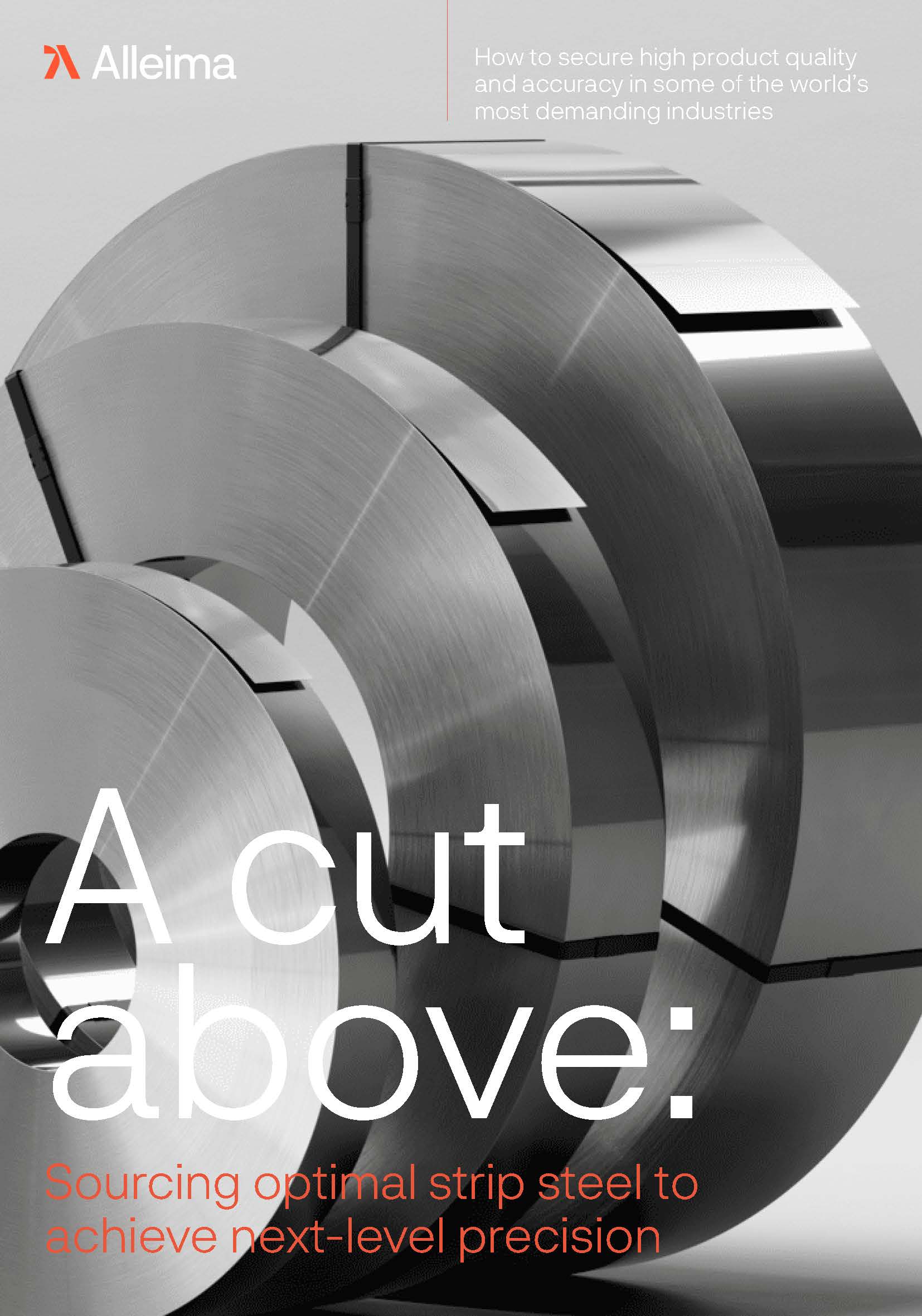With flexographic and rotogravure printing methods commonly used in the packaging industry, using high quality steel doctor blades can enhance print quality and create a more efficient printing process
Flexographic printing uses flexible photopolymer plates to produce high-resolution images. The technology has been developed over time to adapt to the needs of users, and today it is known for its high-speed capabilities, making it ideal for large-scale applications.
Rotogravure printing, meanwhile, is a type of intaglio printing process, which involves engraving an image onto an image carrier.
Both flexographic and rotogravure printing are widely used for flexible packaging materials and self-adhesive labels, and they offer several advantages for the packaging industry.
Flexographic printing, for example, can be used on a wide range of substrates, including uneven and curved surfaces, making it ideal for labeling products of various shapes and sizes. Other advantages include its cost-effectiveness, wide range of Pantone colors, the ability to use up to six colors per pass, and the quick turnaround time of print runs.
Rotogravure is the only high-speed and volume print process that can produce continuous tone images. It offers high print quality as the process results in better ink laydown as well as fast runs.
Overcoming printing challenges
Flexographic printing can be a highly efficient way of transferring ink to a wide range of surfaces, but problems can arise such as ink spitting, streaking, and scoring, which can all affect print quality.
Similarly, rotogravure is an effective method, but streaking, unsmooth gradients, and drag-outs can affect printing performance.
One effective approach to ensure optimal printing quality is the use of high-quality doctor blades, which will reduce blade setting time and enhance printing performance.
“The doctor blades play an important role in the printing processes,” says Jonas Nilsson, technical business development project manager at leading strip-steel and strip-based product supplier Alleima. “The blades control the thickness of the ink film to be delivered to substrate packaging material and are therefore key in maintaining print quality.”  Jonas Nilsson, Technical business development project manager
Jonas Nilsson, Technical business development project manager
The critical properties of the strip steel are straightness, edge quality (round shaved), wear resistance, ductility, and thickness. For certain printing applications (water-based inks), also corrosion resistance is important.
“To produce the same thickness of ink over the width of the printing cylinder, the doctor blade needs to be perfectly straight. The thickness of the blade also needs to be the same over the whole length of the printing cylinder. Consistent, tight tolerances on the critical properties of the blade material mean the number of blade changes will be kept to a minimum and it will also reduce setting time (increase uptime, reduce waste) after blade changes.
High-quality strip steel is equally important for printing doctor blade manufacturers. Besides the quality of the final blades, it will also offer efficiency in the blade manufacturing processes i.e. grinding and possible surface treatment.
“For the blade manufacturers and the printing industry, consistency from one batch to another batch is important to ensure they get the exact same result from the product every time it is used,”
A growing market
The flexographic and rotogravure industries need continuously to evolve to meet customers’ demands and ensure they retain their market share amid the rise of digital technologies. The use of high-quality doctor blades is part of this process.
Alleima Print doctor-blade steels, for example, meet the requirements of high-quality printers. They offer high wear resistance, close dimensional tolerances and consistent straightness. The blades will effectively wipe the printing ink and offer longevity which will increase productivity, improve quality, reduce waste and save money in the value chain.
For example Alleima Print XP, a micro-alloyed tool steel, provides extremely high wear resistance and is particularly suitable for abrasive inks.
For customers whose printers feature standard doctor blades, replacing them with high-quality steel blades, such as those offered by Alleima, can provide a competitive edge in terms of longer printing runs without loss of print quality.

